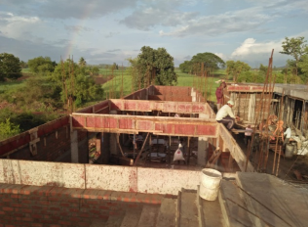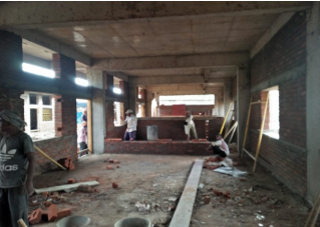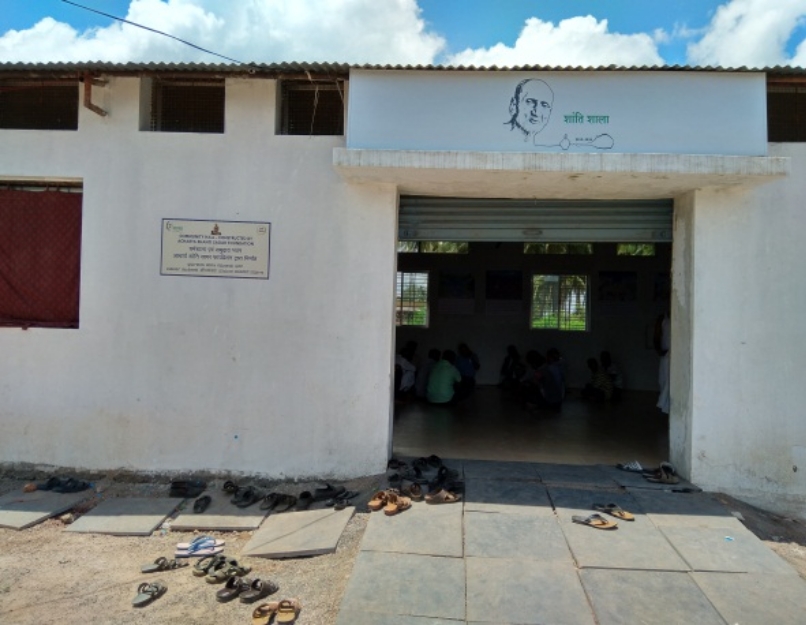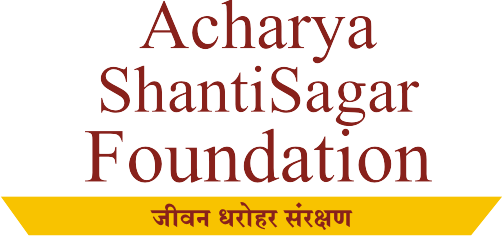
About Temple Restoration
Temples are not just architectural marvels; they are sacred spaces deeply intertwined with our cultural and spiritual heritage. Over centuries, these structures have borne witness to countless rituals, prayers, and moments of reflection. However, time, neglect, and environmental factors have taken a toll on many of these once-majestic sites. Our temple restoration initiative is a heartfelt mission to restore these sacred places to their original grandeur. Through careful preservation of intricate carvings, restoration of weathered structures, and revitalization of surrounding areas, we aim to bring these temples back to life. By doing so, we honor the past and ensure that future generations can continue to connect with their spiritual roots.

Temples are not just architectural marvels; they are sacred spaces deeply intertwined with our cultural and spiritual heritage. Over centuries, these structures have borne witness to countless rituals, prayers, and moments of reflection. However, time, neglect, and environmental factors have taken a toll on many of these once-majestic sites. Our temple restoration initiative is a heartfelt mission to restore these sacred places to their original grandeur. Through careful preservation of intricate carvings, restoration of weathered structures, and revitalization of surrounding areas, we aim to bring these temples back to life. By doing so, we honor the past and ensure that future generations can continue to connect with their spiritual roots.
Our Restoration Journey
The Significance of Temple Restoration in Indian Culture
Temples have long served as vital centers for spiritual practice and community gathering in India. These sacred spaces are not merely architectural structures; they embody the cultural and spiritual heritage of generations. The restoration of temples is a crucial endeavor that preserves not only the physical form of these sites but also the rich traditions, rituals, and stories associated with them.
The restoration process involves a deep understanding of historical context, architectural design, and cultural significance. Skilled artisans meticulously repair intricate carvings and frescoes, employing traditional techniques that honor the craftsmanship of the original builders. This dedication to authenticity ensures that the restored temple remains a true reflection of its historical roots.

JOIN ACHARYA SHANTI SAGAR FOUNDATION TEMPLE RESTORATION MOVEMENT
✓Our foundation focuses on community engagement and empowerment.
✓ Being part of our NGO offers you the opportunity to develop new skills and knowledge in areas such as conservation, community organizing, and cultural education.
✓Joining Acharya Shanti Sagar Foundation means connecting with a passionate community of individuals who share your commitment to social and cultural issues.
✓ Together, we can inspire one another, share ideas, and collaborate on impactful initiatives.
✓ Your involvement helps ensure that sites like Tad Patra continue to tell their stories and inspire awe for years to come
✓We offer a range of volunteer opportunities that cater to different interests and availability, whether you’re looking to volunteer regularly or participate in specific events.
✓ As you contribute to our initiatives, you will have opportunities for recognition and leadership within the organization.
✓ We value our volunteers and aim to cultivate your talents, helping you grow both personally and professionally.
Photo Gallery







Challenges in Temple Restoration
Restoring temples involves overcoming structural, environmental, and cultural challenges to preserve their historical and spiritual significance.
Conservation Efforts for Temples
Restoration Techniques: The restoration journey begins with thorough research to understand the temple’s historical context. This informed approach ensures that every step honors the site’s spiritual and cultural significance.
Assessment and Planning: We meticulously examine ancient manuscripts and historical records to guide our restoration strategy. This careful assessment lays the groundwork for a respectful and authentic revival of the temple.
Restoration Techniques: Our team blends modern conservation methods with traditional craftsmanship to restore the temple. This meticulous process preserves the integrity of the structure while celebrating its artistic heritage.
Community Engagement: Engaging with the local community is central to our restoration efforts. By incorporating their input, we ensure that the project resonates with their cultural values and aspirations.
